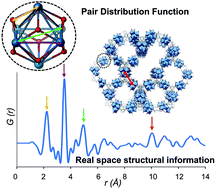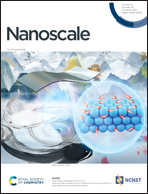Applications of pair distribution function analyses to the emerging field of non-ideal metal–organic framework materials
Abstract
Pair distribution function, PDF, analyses are emerging as a powerful tool to characterize non-ideal metal–organic framework (MOF) materials with compromised ordering. Although originally envisaged as crystalline porous architectures, MOFs can incorporate defects in their structures through either chemistry or mechanical stress, resulting in materials with unpredicted novel properties. Indeed, a wide variety of current non-ideal MOFs have disorder in their structures to some extent, thereby often lacking crystals. Typically, PDF experiments are performed using high-energy synchrotron X-rays or neutrons to achieve a superior high atomic resolution in short times. The PDF technique analyses both Bragg and diffuse scattering signals simultaneously, without being restricted to crystalline materials. This characteristic makes PDF analyses a powerful probe to address the structural characterization of non-ideal MOF materials both at the local and intermediate range scales, including under in situ conditions relevant to MOF synthesis, activation and catalysis.

- This article is part of the themed collections: Spectroscopy and scattering for chemistry and Recent Review Articles


 Please wait while we load your content...
Please wait while we load your content...